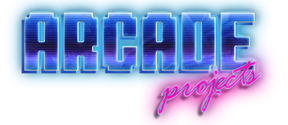I've probably done something like this:This is such a treat - always a pleasure to see the work of a master, so many sweet little touches in there. I particularly like that you moved the edges of the ground plane in from the edge of the board. If the solder mask rubbed through against the edge of the guide there won't be conductivity. I'm sure there are a million more that I haven't found yet
I like and hate routing PCBs in equal measure. It's a perverse logic puzzle trying to route everything without resorting to hopping back and forth between both sides of the PCB. I am an amateur though so I've probably committed some sort of routing faux pas somewhere though...
My cards have been swapped over a few times and I noticed that the little threaded tabs in the PVM chassis that hold the card secure had a tendency to catch and scratch the solder mask off the PCB so I just added a no-fill zone on the top and bottom edges which should hopefully fix that. Although with any luck I shouldn't need to swap cards so often, if at all!
The only other significant change I made is to move the two switches back from the edge of the card slightly. I noticed with a cap fitted to the switch you can still see exposed plunger/spring between the cap and the bracket so I just moved the switches inboard by a few mm so the base of the cap will sit inside the bracket. It will probably mean the bracket will need the holes around the switches made slightly bigger and standardise on either round or square caps. 1RBLK is the part # for a black round cap I was leaning towards using, they're 5mm in diameter.
























